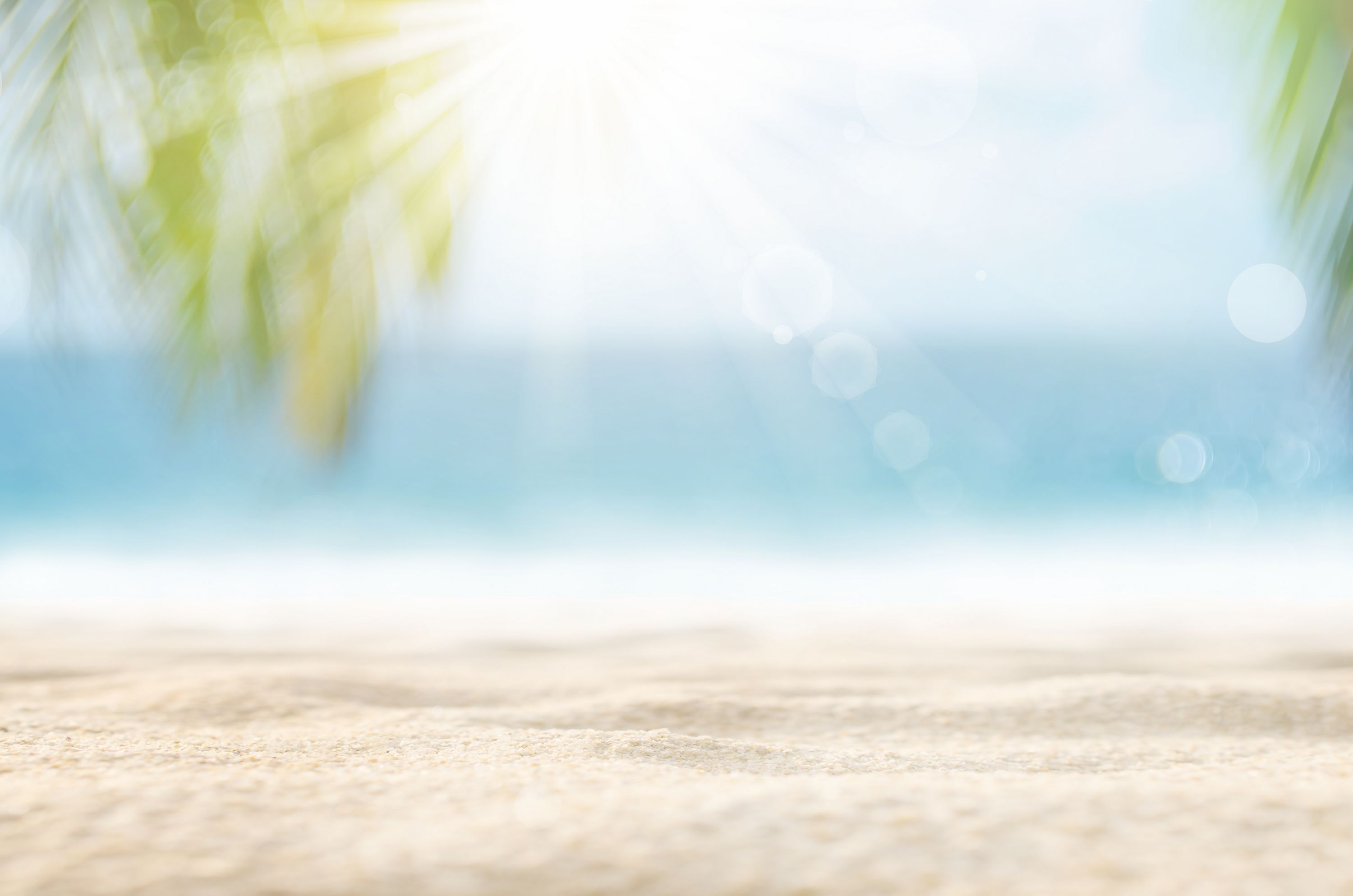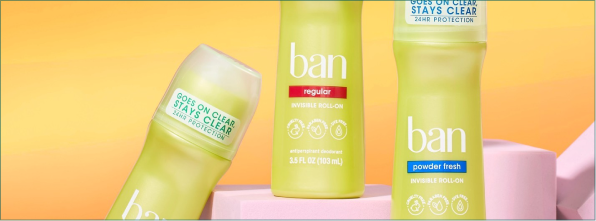What are UVA and UVB Rays?
When choosing a sunscreen, selecting one that offers ‘broad spectrum’ protection is crucial, meaning it protects against both UVA and UVB rays.

We all know that life on Earth wouldn’t be possible without the sun. Our survival on this planet literally depends on it continuing to provide us with heat and light. But other than sunlight and heat, which we can see and feel, the sun produces another form of energy called UV radiation, which we can neither see nor feel. Two types of UV rays reach us from the sun, UVA and UVB rays, which can be harmful to our skin and overall health.
Using a broad-spectrum sunscreen that defends against UVA and UVB rays daily and following some essential suncare tips will keep your skin healthy and reduce your risk of developing skin cancer.
What are UV Rays?
Ultraviolet radiation, also known as UV rays, is a form of energy produced by the sun. There are three kinds of UV rays that differ by their wavelengths: UVA. UVB, and UVC.
UVC rays, the most harmful of the rays, are absorbed by the earth’s ozone layer, never making it to its surface.
UVA and UVB are the only rays that reach the earth’s surface. While UV rays are invisible to us, their effects on our skin are anything but. UVA and UVB rays are responsible for causing skin damage and increasing our risk of developing skin cancers.
What are UVB Rays?
UVB rays are ultraviolet rays that have a shorter wavelength than UVA rays. This high-energy form of radiation damages the outer layer of the skin, causing sunburn. UVB rays can do a lot of damage in a short amount of time.
What Do UVB Rays Cause?
Because of their shorter wavelength, exposure to UVB rays can cause the outer layers of our skin to burn, which can, in turn, lead to painful skin blistering and peeling. In summer, when the sun’s rays are strongest, UVB rays can burn skin within a matter of minutes. More than just causing premature aging, UVB rays damage our skin and can cause skin cancers.
What are UVA Rays?
UVA rays are ultraviolet rays that have a longer wavelength than UVB rays. This longer wavelength means that, unlike UVB rays that only damage the outer layers of skin, UVA rays can extend further and deeply penetrate the skin.
As most of the UV rays that reach us from the sun are UVA rays, our exposure to them is unavoidable whether we’re outdoors or indoors.
What Do UVA Rays Cause?
Because of their longer wavelength, UVA rays penetrate deep into the skin, causing freckles, wrinkles, and dark spots and generally accelerating the physical signs of aging.
Cumulative exposure to UVA rays over many years can also lead to skin cancers.
What Is the Difference Between UVA and UVB Rays?
UVA and UVB differ in their wavelengths and how they impact our skin. UVA rays have long wavelengths that penetrate deep into the skin, whereas UVB rays have short wavelengths that damage the outer layers of the skin. Both UVA and UVB rays damage the skin and can cause skin cancers.
Why Should You Protect Your Skin From UV Rays?
Hopefully, by now, it’s become clear that exposure to UV rays can lead to a number of harmful and even deadly health outcomes. That’s why we must take steps to protect our skin from the sun’s UV rays. Given that damaging UV rays are ever present no matter the weather or time of year, wearing sunscreen consistently is one of the most crucial protective measures to avoid sun damage.
Protect your skin and reduce your risk of developing skin cancer by taking these steps:
- Apply a minimum of SPF 30 sunscreen daily, regardless of weather conditions. UV rays can be high even when it’s cool and cloudy. Reapply sunscreen every 2 hours.
- Wear protective clothing such as long-sleeved shirts and pants or skirts, and don’t forget your hat and sunglasses.
- Avoid being out in the sun when the UV rays are strongest, usually between the hours of 10 am and 4 pm.
Benefits of UVA and UVB Rays
There are two key benefits of UVA and UVB light:
- UVB rays are one of the best natural sources of Vitamin D, which plays a critical role in muscle and bone health.
- UV light therapy is used in treatment plans for a number of skin conditions, including psoriasis and eczema.
While there are some benefits to sun exposure, it’s important to note that exposure should be limited to minimal doses as it can cause more harm than good.
What is the Best Sunscreen Type for Protecting your skin?
When choosing a sunscreen, selecting one that offers ‘broad spectrum’ protection is crucial, meaning it protects against both UVA and UVB rays.
Next, aim for a sunscreen with a sun protection factor (SPF) of at least SPF 30, which blocks over 95% of UV rays.
Of course, the key to any sunscreen’s effectiveness is to apply it 30 minutes before you head outside and every 2 hours after that, especially after swimming or exercising.
Remember, UV rays can reach you all year round, not just in the summer. In the US, sun protection is especially important between 10 am and 4 pm when the UV rays are strongest. Consider consulting the UV Index to help you plan your outdoor activities and time. The UV Index predicts the daily UV levels using a scale ranging from 1- to 11+. If the UV index is 3 or higher, you should limit your exposure to the sun and protect yourself using the tips mentioned above.


















